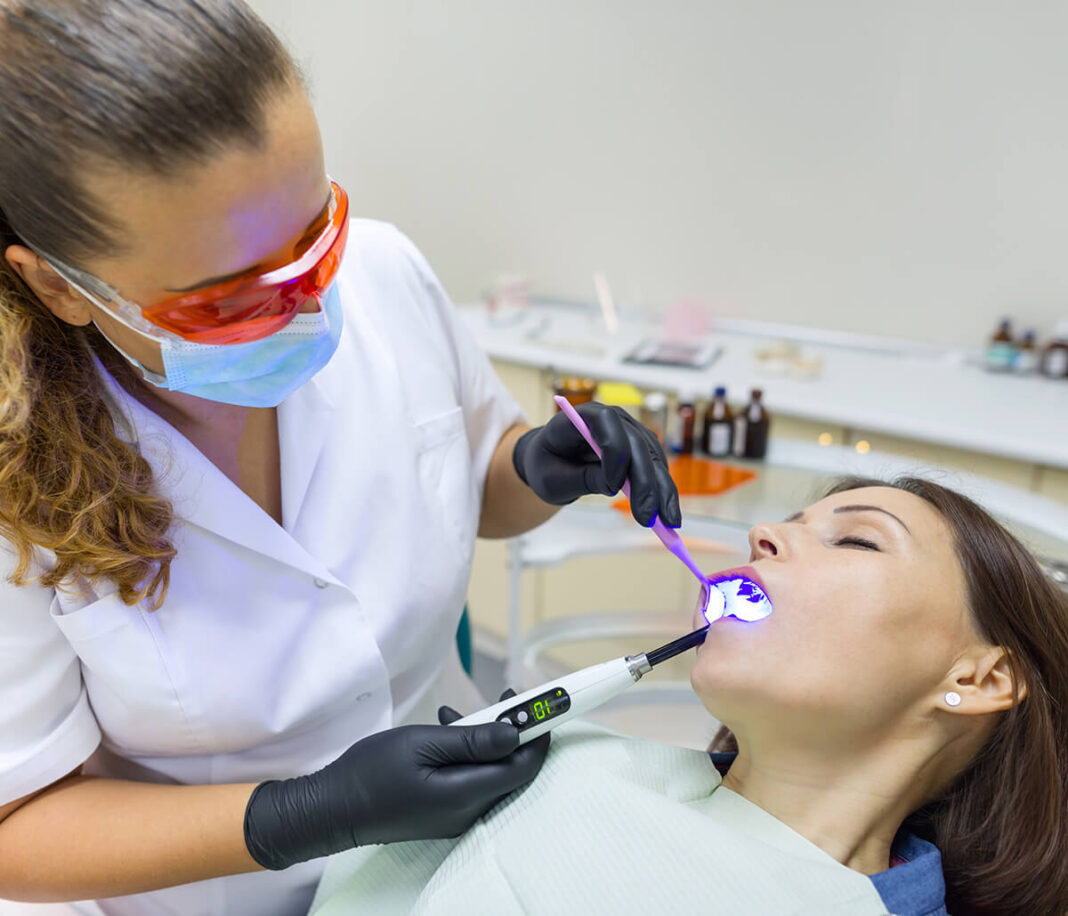Dental practices have evolved significantly over the years. A few years ago, dentists used strong and potentially harmful chemicals to kill bacteria in the mouth and treat infections. These invasive practices meant dreaded visits to the dentist. Luckily, advancements in dentistry are about to change the game completely.
Dental ozone therapy refers to a relatively new, less invasive approach and is designed to address multiple dental issues such as cavities, abscesses, root canals, and gum infections. Dental Ozone Therapy uses an ozone generator to generate Ozone gas from oxygen atoms that interact with the dental disease-causing pathogens. Exposure to ozone gas kills the microbes in the mouth. At the same time, the treatment also breaks down the dental plaque helping reduce the chances of tooth decay, cavities, and periodontal infections.
The revolutionary ozone therapy treatment depends on ozone generators during the procedure. If you are a dental practitioner, you can buy an affordable dental ozone generator for use in your clinic.
The Average Cost of Dental Ozone Therapy
The amount you pay for dental ozone therapy depends on the type of treatment you want. You will spend about thirty to three hundred and fifty dollars for injections. The cost of ozone therapy injections will range from one hundred dollars to two hundred dollars for intravenous injections.
Besides the intravenous injections, there are other viable options, such as the zone injection joints, also known as prolozones. Prolozones will cost you between thirty to three hundred and fifty dollars. You can choose to get a complete dental ozone therapy that charges a full package fee of between eighty to two hundred dollars.
Lastly, we have ozone saunas that cost between thirty to eighty dollars. Ultimately, the average cost of dental ozone treatment ranges from thirty dollars to one thousand two hundred dollars depending on the type of treatment.
The Factors Affecting the Cost of Dental Ozone Therapy
Some of the factors that affect the cost of Ozone Therapy include:
The Type of Treatment You Want
Many factors determine the type of Ozone Therapy treatment administered to you. These may include the infection being treated and the expected side effects. If you choose to get an intravenous ozone therapy injection, expect to pay thirty to three hundred and fifty dollars. On the other hand, you will spend between eighty to one thousand and two hundred dollars for a complete package.
The Doctor’s Level of Expertise
The doctor’s level of expertise also influences the amount you pay for the procedure. General medical doctors charge more than naturopathic practitioners. If you get your dental ozone treatment from a general -medical doctor, you will also pay more than getting it from a naturopathic practitioner.
The Type of Product Used
The products used in the administration of the procedure will also determine the potential costs. Doctors will likely charge more if they use ozone oils for gingival massages as alternatives for treating and preventing dental infections caused by plaque, such as plaque-induced gingivitis.
The Location of The Clinic
The doctor’s office location also influences the cost of getting the treatment. Doctors with offices in cities are likely to charge more than those in rural and sparsely populated places. The demand for ozone therapy also influences doctors to increase their costs if the demand is high.
Your Current Dental Problems and Whether the Treatment Is Alone or Combined With Others
Generally, dental ozone therapy is an effective and viable option for dealing with particular dental issues such as gum diseases, root sensitivity, and even deep dental decay. The treatment also effectively removes harmful bacteria, especially as a natural, painless alternative. The treatment is cheaper when used as a natural treatment than when used as a state-of-the-art treatment that incorporates other treatment elements such as anesthesia.
Does Insurance Cover Ozone Therapy?
When budgeting for an ozone therapy treatment, it is important to consider that most insurers do not cover the cost of treatment, especially in the U.S. Patients, therefore, pay for the treatment out-of-pocket, which can be very expensive. The benefits of the treatment and the fact that it is less invasive makes ozone therapy a preference for most patients who would have undergone a more invasive process such as surgery.
Conclusion
Ozone Therapy is a fairly new form of treatment in dentistry. Most dental practitioners are now investing in learning the technique while also investing in the equipment needed for the procedures. As the demand for ozone therapy treatments increases, it is highly likely that more clinics will start offering the service, and as a result, costs will come down.















